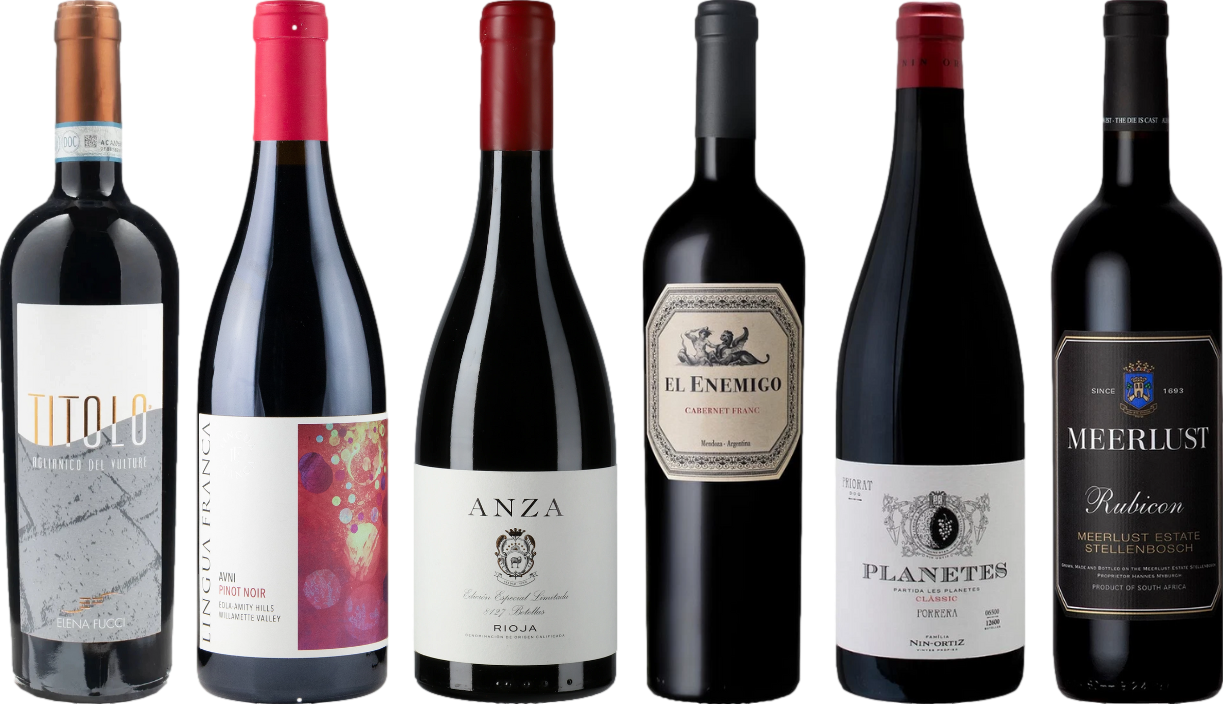



Moderation is key when enjoying a glass of crimson beverage. Each serving typically contains around 120 to 130 calories, which can accumulate quickly depending on consumption patterns. If one indulges in multiple glasses over time without adjusting overall caloric intake, weight gain may become a concern.
Understanding the composition of these beverages is essential. They often contain sugar and alcohol, both of which contribute to caloric totals. A 5-ounce serving can offer approximately 4 grams of sugar, and the alcohol itself adds to the overall energy density. Being mindful of these factors can help maintain a balanced diet while still enjoying a favorite pour.
Pairing these beverages with food can also influence total caloric intake. Opting for healthier meals can offset some effects of these drinks, but it’s crucial to remain aware of portion sizes. Keeping track of daily caloric consumption while enjoying your favorite varietals can aid in achieving personal health goals.
In conclusion, while the enjoyment of deep-hued beverages can be part of a balanced lifestyle, awareness of caloric content and moderation are vital to avoid unintended weight gain. Prioritizing sensible choices and maintaining an active lifestyle will support overall well-being.
Impact of Certain Varietals on Weight Management
Moderation is key. Enjoying a glass of your favorite beverage can fit into a balanced diet without significant weight gain, provided you keep an eye on portion sizes and overall caloric intake.
Here are some specific points to consider:
- One standard serving (5 ounces) contains approximately 125 calories. It’s essential to account for this in your daily caloric limits.
- High sugar levels in some varieties can contribute to excess calorie consumption. Opt for drier options where possible.
- Alcohol impacts metabolism. When consumed, the body prioritizes alcohol metabolism over fat burning, which may influence weight management.
- Pairing with food matters. Consuming alongside high-calorie dishes can increase total caloric intake significantly.
For those keen on maintaining or losing weight, consider these strategies:
- Limit yourself to one glass during meals.
- Choose lower-calorie options, such as lighter varietals or those with lower alcohol content.
- Track your intake to avoid unintended excesses.
Ultimately, enjoyment and moderation should be your guiding principles. With mindful choices, this delightful beverage can still be part of a healthy lifestyle.
Caloric Content of Red Wine
Each 5-ounce serving typically contains around 125 calories, varying by style and alcohol content. For example, a full-bodied variety may reach up to 150 calories, while lighter options can be as low as 100 calories. The sugar level also influences the caloric count; drier selections generally have fewer calories than sweeter ones.
When consuming alcoholic beverages, it’s crucial to factor in these calories into your daily intake. If aiming for weight management, consider limiting portion sizes. Pairing with food can alter the overall caloric impact, so choose wisely to maintain balance.
Alcohol and Metabolism
Alcohol can affect metabolism, as the body prioritizes processing it over other nutrients. This may lead to reduced fat oxidation, which is an important consideration for those monitoring their weight. Additionally, enjoying beverages on an empty stomach can amplify these effects, making it more challenging to manage caloric intake.
Practical Recommendations
To enjoy a glass without excessive caloric consequences, opt for smaller servings and mindful consumption. Pairing with meals can enhance the experience while helping to mitigate calorie overload. Monitoring your overall dietary habits will further support your goals.
Impact of Alcohol on Metabolism
Alcohol consumption can significantly alter how the body processes nutrients. Ethanol is metabolized primarily in the liver, where it is converted into acetaldehyde and then into acetate. This process prioritizes alcohol metabolism over carbohydrates and fats, leading to a temporary halt in the oxidation of these macronutrients. As a result, calories from food may be stored as fat rather than being utilized for energy.
Energy Expenditure and Alcohol
Research shows that moderate to high intake can reduce the overall metabolic rate. This reduction means fewer calories are burned during rest and activity, contributing to weight gain over time. Additionally, alcohol can stimulate appetite, leading to increased caloric intake from food. Pairing this with the body’s altered metabolic state can create a perfect storm for unwanted weight gain.
Long-Term Considerations
Chronic consumption can lead to liver damage, further impairing metabolic functions. The liver plays a critical role in glucose production and fat metabolism; damage can disrupt these processes, making weight management even more challenging. Focusing on moderation is essential, as consistently high intake can lead to more severe metabolic issues down the line.
Appetite Regulation and Alcoholic Beverages
Moderate consumption of fermented grape beverages can influence appetite in various ways. Research indicates that low to moderate intake may actually suppress hunger levels, thanks to the presence of certain compounds. For instance, resveratrol, found in these drinks, has been shown to impact hormones related to appetite regulation.
Additionally, the caloric density of these drinks can affect how much food is consumed alongside them. When enjoyed with meals, they can enhance the overall dining experience while also potentially leading to reduced food intake due to the beverage’s effects on satiety hormones.
However, excessive consumption can lead to the opposite effect. Higher alcohol levels may stimulate appetite, leading to an increase in overall caloric intake. It’s essential to maintain moderation to avoid unintended consequences.
In practice, pairing these drinks with lighter meals or incorporating them into social dining experiences may help in balancing enjoyment and caloric intake. Understanding your own body’s responses is key. Monitoring how different quantities affect your appetite can guide better choices.
Comparing Red Wine to Other Alcoholic Beverages
Choosing between different alcoholic drinks can significantly impact your caloric intake and overall health. Among various options, it’s essential to evaluate how they stack up against each other. For example, both spirits and beer often have different effects on weight management compared to the fermented grape beverage.
Caloric Comparison
Here’s a quick look at the caloric content of some common alcoholic beverages:
| Beverage | Calories per 5 oz / 12 oz |
|---|---|
| Red Wine | 125 |
| White Wine | 120 |
| Light Beer | 100 |
| Regular Beer | 150 |
| Spirits (neat) | 100 |
| Sweet Cocktails | 200+ |
As shown, the caloric content can vary significantly, with sweet cocktails often being the most calorie-dense option. It’s crucial to consider not just the calories but also the serving sizes typically consumed.
Alcohol’s Role in Weight Management
Alcohol affects the body differently based on its type. Beverages like spirits can lead to quicker intoxication, often resulting in higher food consumption during social settings. In contrast, fermented options might provide a more gradual effect, potentially allowing better control over intake. Understanding these dynamics is essential for anyone monitoring their weight.
When considering options, remember that lifestyle choices, including dietary habits and physical activity, play a significant role in how these drinks affect your body. For practical advice on maintaining your home while enjoying your favorite drinks, check out this link on how do pressure washers connect to water.
Portion Control: How Much is Too Much?
Limit serving sizes to 5 ounces (approximately 150 ml) for optimal enjoyment without excessive calorie intake. This portion retains flavor and aroma while minimizing potential weight gain risks.
Research indicates that larger quantities can lead to higher caloric consumption, potentially impacting body composition. For those who appreciate sophisticated tastes, maintaining moderation is key. A standard glass contains roughly 125 calories; exceeding this portion frequently can accumulate significant energy intake over time.
Mindful Drinking
Focus on savoring each sip. Allowing yourself to appreciate the flavors contributes to a more fulfilling experience and can foster natural self-regulation. Pairing a smaller amount with meals can enhance the dining experience while keeping caloric levels in check.
Consider frequency as well. Reducing consumption to a few times a week, rather than daily, can assist in managing overall caloric intake and maintaining a balanced lifestyle.
Tracking Intake
Keeping a log of both alcoholic and total daily caloric intake can help identify patterns. Use apps or journals to stay aware of your consumption levels and adjust as necessary. Awareness is crucial for those looking to enjoy beverages responsibly without compromising dietary goals.
Long-term Effects of Regular Consumption
Moderation is key. Engaging in habitual enjoyment of this beverage may yield both positive and negative outcomes over time.
Potential Benefits
- Research indicates that modest intake can enhance cardiovascular health. Polyphenols, especially resveratrol, contribute to improved blood circulation and reduced LDL cholesterol levels.
- Regular consumers may experience better cognitive function. Certain studies suggest a link between moderate consumption and a lower risk of dementia.
- Some evidence points to potential longevity benefits. Habitual drinkers of this beverage tend to have lower mortality rates compared to non-drinkers.
Risks of Overconsumption
- Excessive indulgence can lead to weight gain. The calorie count adds up, and regular overconsumption may disrupt metabolic processes.
- Long-term intake can contribute to liver damage. Chronic consumption stresses this vital organ, potentially leading to serious health issues.
- Dependence is a concern. Regular consumption can lead to increased tolerance and potential addiction, impacting overall well-being.
Monitoring one’s intake is essential. Set limits to enjoy the benefits while minimizing risks associated with overindulgence. Keeping a journal of consumption can be useful in maintaining awareness and promoting responsible habits.








